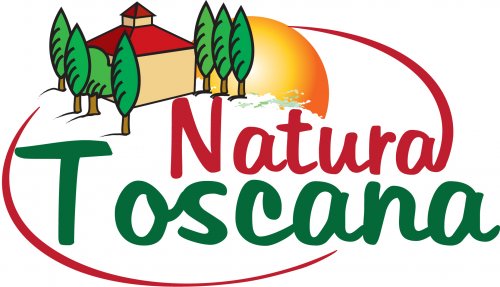
Spelt is the name commonly used to refer not two but three types of the oldest ancestor of wheat. All three varieties have interesting nutritional features and are easy to use.
In bakery products the most used species is the Triticum spelta (large spelt), this for most availability and yield, but also for the constancy of its characteristics in the processing of dough: Spelta is more stable in ensuring standards in production. Then the Triticum dicoccum which is the most widely type grown in Italy; is mostly used to craft level where standards are more variable. The area of Garfagnana is the one where the cultivation of this type is more developed so that the European Union has recognized the protected geographical indication PGI. The Triticum monococcum instead (oldest and smallest spelt) is the least available since its cultivation was gradually abandoned in the years. This is because the variety is less productive: in agricolture it has a lower yield in the threshing, a difficulty in stripping the beans which are so tenaciously wrapped by lamellae that drying in the oven is sometimes necessary.
All these difficulties have prevailed in the choice of adapting to the ever more important requests in the food market. Recently, however, as is the case for other varieties of cereals, we are witnessing a change in trend; associations of farmers have conducted various studies and experiments for a re-setup cultivation in some specific areas of monococcum spelt. This is also because the high protein and carotenoids content and the low gluten content in this type of spelt, could be very interesting.
Probios’ vision to make known and reevaluate grains and legumes of yore wanted to propose spelt in it's own native land: Tuscany.





